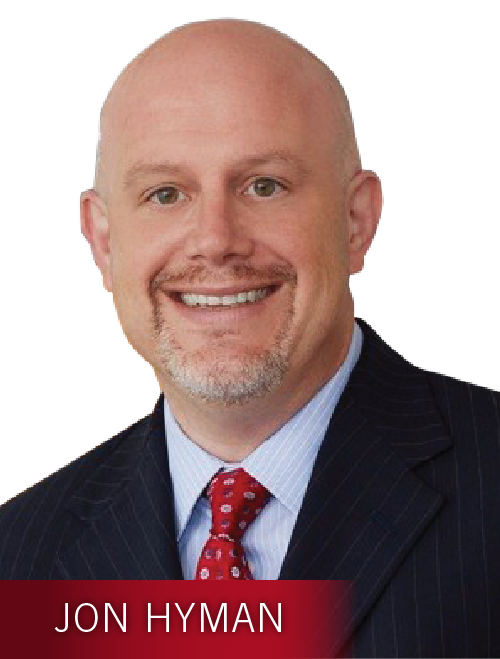Following a wave of paid sick leave laws across the country, predictive scheduling is among the newest issues confronting employers. A recent measure in Oregon is scheduled to take effect July 1. 
The development gives Oregon the first statewide predictive scheduling measure, also known as a “fair workweek” law, but it comes after similar municipal laws were approved in Seattle, San Francisco and New York City.
Under the new measure, large employers will lose some flexibility around scheduling practices but their employees will gain predictability. Employers must provide copies of the written work schedule to employees at least seven days in advance (this increases to 14 days on July 1, 2020). Any changes to the schedule — outside of the notice period — require employers to provide additional compensation to the affected employees. The additional compensation, also known as “predictability pay,” is required in the following circumstances:
- Employers must pay one additional hour of pay at the employee’s regular rate if the employer does any of the following without proper notice: adds more than 30 minutes of work to an employee’s shift; changes the date, start time or end time of a shift without affecting total hours worked; or schedules the employee for an additional shift (including on-call shifts).
- Employers must pay an additional one-half times the employee’s regular rate for each scheduled hour that the employee does not work if the employer subtracts hours from a shift; changes the date, start time or end time of a shift, resulting in a loss of work hours; cancels a shift; or for on-call employee, does not ask the employee to perform work while on call.
- Employers cannot require employees to report back to work less than 10 hours after ending the previous shift unless the employee requests the shift or consents, in which case the employer must pay one-and-one-half times the regular rate of pay.
The biggest takeaway is an employee cannot be forced to report for a shift that was not previously scheduled, regardless of whether the employer provides predictability pay. However, the measure provides several ways an employer can avoid predictability pay.
For example, employees can opt in to a “standby” list to volunteer to pick up additional shifts without receiving predictability pay. If the employer has contacted all employees on the standby list and still requires additional workers, then the employer can avoid the predictability pay. In addition, employers can avoid predictability pay if there are “unanticipated customer needs or unexpected employee absences”; the employer requests volunteers through group communication; the employee volunteers; there is an emergency or unforeseeable event; or the employee’s hours are reduced for a disciplinary reason with just cause.
Employers must be ready to comply when the law takes effect because violations may be costly. The Oregon measure provides employees with a private right of action for violations, civil penalties ranging between $500 and $1,000 for each violation, and creates a new basis for retaliation claims (including an award of attorneys’ fees).
What Are the Law’s Implications?
This is just the beginning of predictive scheduling, and Oregon’s approach suggests that the issue will continue to affect employers across the country. Oregon’s bill applies to employers in the retail, hospitality and food service industries with more than 500 employees.
Similarly, Seattle’s predictive scheduling ordinance applies only to retail and food service establishments with more than 500 employees, and San Francisco has singled out “formula retail” businesses, or chain stores with more than 11 locations worldwide.
Lawmakers in these jurisdictions have made a strategic decision to focus on large employers in the service industry, perhaps under the assumption that these employers are best situated for compliance. But there are early signs that this issue will have a broader impact on small and midsize employers.
A new ordinance in Emeryville, California, affects employers with more than 56 employees globally and 20 or more employees in city limits. New York City also passed a measure with various requirements applying to retail employers with 20 or more employees, as well as nationwide fast-food establishments.
The growth of predictive scheduling laws could prove challenging to employers, given the different requirements across jurisdictions. For example, Oregon’s bill pre-empts other local ordinances relating to work schedules, creating consistency within the state. But the same employers operating in Seattle, San Francisco, Emeryville and New York City must comply with different requirements.
These employers may create a universal policy by selecting the most restrictive requirements, or choose a more economical route by tailoring their approach to each geographic region. While some states have enacted legislation pre-empting any local government ordinance addressing employee work schedules, this does not relieve the obligation elsewhere.
Employers may get ahead of the trend by implementing changes to current scheduling practices. Technology and data could help employers find the most efficient scheduling practices, and some large employers are already using data to better predict how many employees are required to operate at any given time.
Despite the challenges, employers can find a way to make the most of predictive scheduling by using technology to better predict staffing needs.
Courtney Blanchard is a labor and employment attorney for large and multistate employers with Minneapolis-based Nilan Johnson Lewis. Comment below or email editors@workforce.com.










